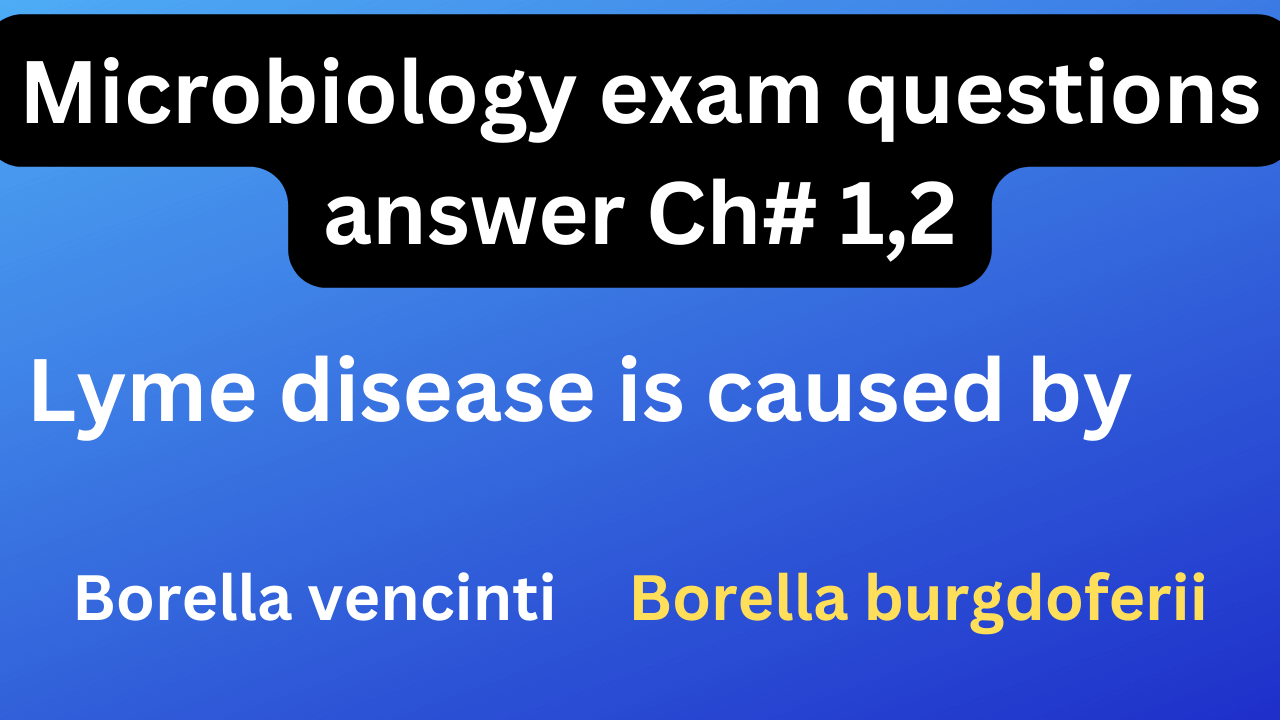1: which of the following is none cellular organism?
a. Bacteria b. Virus
2. Bacteria belong to…. cell .
a. Prokaryotic b. Eukaryotic
3. Which organism lacks a nucleus?
a. Bacteria b. virus
4. Which of the organisms lack mitochondria?
A. bacteria b. virus c. both
5. Cell wall made up of chitin..
a. virus b. fungi
6. cell walls are made up of peptidoglycan.
a. bacteria b. virus
7. Method of replication in the virus.
a. binary fission b. mitosis c. none
8. Fungi method of replication is …..
a. budding b. mitosis c. both
9. Chromosome number in Prokaryotic cell …
a. One B. two C. three
10. Size of the ribosome in Eukerotic cell….
a. 80 S b. 70 S
11. which of the following cell DNA lacks a nuclear membrane?
a. Bacteria b. mold c. yeast
12. Which of the following cell contain only one nucleic acid either DNA or RNA ..
a. bacteria b. virus
13. Which of the following is the smallest bacterium?
a. Mycoplasma b. e.coli
14. Which part of bacteria mediates in adherence to the host cell….
a. pilus b. plasmid
A. endosome b. peptidoglycan
18. Bacteria that cause nosocomial infections often secretes substances that adhere to medical devices, name as …
a. Porin b. Glycocalyx
19. Which component of gram-positive bacteria causes septic shock.
a. teichoic acid b. Phospholipid
20. Gram-positive bacteria lack.
a. Outer membrane b. peptidoglycan
21. a microbiologist is in the process of classifying a newly discovered organism. its characteristics include:·
a. eukaryotic b. unicellular c. has a cell wall d. reproduces by spores
22. autotrophic which type of organism is it most likely to be?
a. Paramecium b. Mold c .oebadiatomslime
23. decomposer which type of organism is it most likely to be?
a.club fungus b.fungus-like c. Protestant-like d.protists fungus
24. Compounds are synthesis by the fermentation process.
a. ATP b. Pyruvate c. CO2 d. all
25. which of the following bacteria lack(s) a peptidoglycan cell wall?
a. Mycoplasma b. e.coli c. Staph
26. the bacterial chromosome is
a. DNA b. DNA, RNA c.with in the nuclear membrane
27. Virus lack of ……….
a. cell-wall b. growth c. protoplasm d. all
28. Muramic acid is present in the cell wall of…..
a. Bacteria b. Fungai c. Protesta
29. bacteriophages are readily counted by the process of….
A. Dilution method B.Plaque count C. both
30. which component of a virus is lacking in a cell?
A. DNA B. Capsid C. ribosome
Read more CH # 3+4 MCQs
Note: For the answer key see the video
